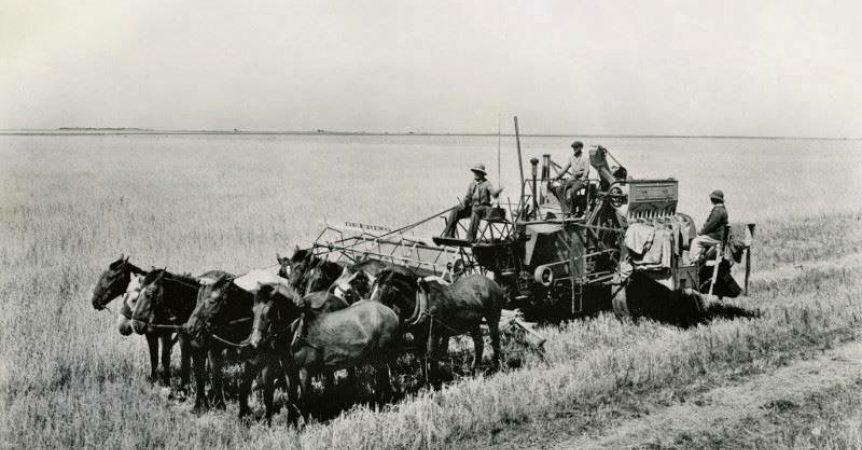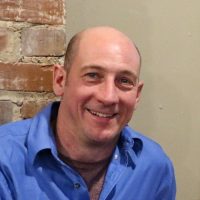How they worked the land 100 years ago in the Pampas, on my great-grandfather's land.
In the Footsteps of my Great-Grandfather
Dec 19, 2023
A blog by Svend Buus, our Fall 2023 SDF Museum of Danish America Intern
Thanks to the Scan Design Foundation, I got the opportunity to experience life and work in the United States, more exactly, at the Museum of Danish America in Elk Horn, Iowa. This is something I was really looking up to, long before I applied for the J-1 VISA. And now it has been two months, not much but not less, definitely learning a lot on how to work within a Danish Museum.
Museum of Danish America have received me with open arms and let me go through many activities related to the preservation of materials, registering objects and preparing for new exhibitions, and how to interact and attract members to the Museum, and I am still learning further! But I also enjoying being a Dane in America, by singing old traditional Danish melodies, drinking snaps, talking Danish with those who still can!
All this wouldn’t be possible, if it wasn’t for the purpose of the Danish Scan Design Foundation, to bring Danish intern to the USA. My stay at MoDA, is part of my goal to establish an equal Danish Museum but in Argentina. As I am part of the Danish Community in that country, and there is no such a Museum to preserve Danish culture and traditions, I am here to take note on how to develop a modern and attractive Museum, disseminating the Danish heritage in Argentina. That is why I am looking forward to continuing learning and enjoying the activities at the Danish Museum until January 2024, and hope while I am here, to get a personal thanks to you at the Danish Scan Design Foundation, for this amazing experience.
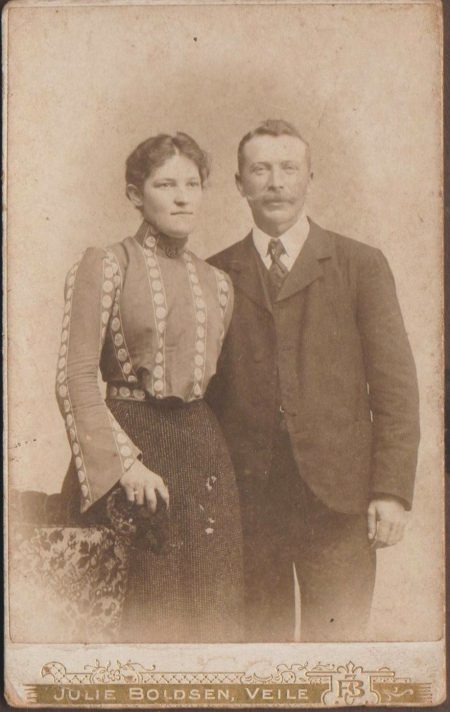
But another goal took me towards the US. It is the story of my great-grandfather named Knud Christian Buus, whose journey started in Denmark where he was born in a farm south of Aalborg, and in 1892 emigrated to South Dakota where he bought a farm but didn’t do well, so he ended up establishing a farm in Argentina. I went out to feel and trace the places he probably lived on here in the US. When I found out that there was another Museum for the Danish heritage in Viborg, I decided to make them a visit.
My visit to the town of Viborg is because there it is the Daneville Heritage Museum, which probably has information about where the farm that my great-grandfather had when he lived in the US. With temperatures below zero, now it is my turn to feel the wind freezing in my face while walking through the famous meadows of the Midwest, which in past centuries there weren’t much corn fields to see. I try to think what Knud must have thought in those moments, thinking what the future will bring. And here I am more than a century later, in a changed world, but coming from Argentina. I consider myself part of the Danish community in Argentina, of those Danish emigrants who settled in the south of the province of Buenos Aires, that by the 1850s, free land was offered by the government for European immigrants to settle and cultivate that fertile land of the Pampas.
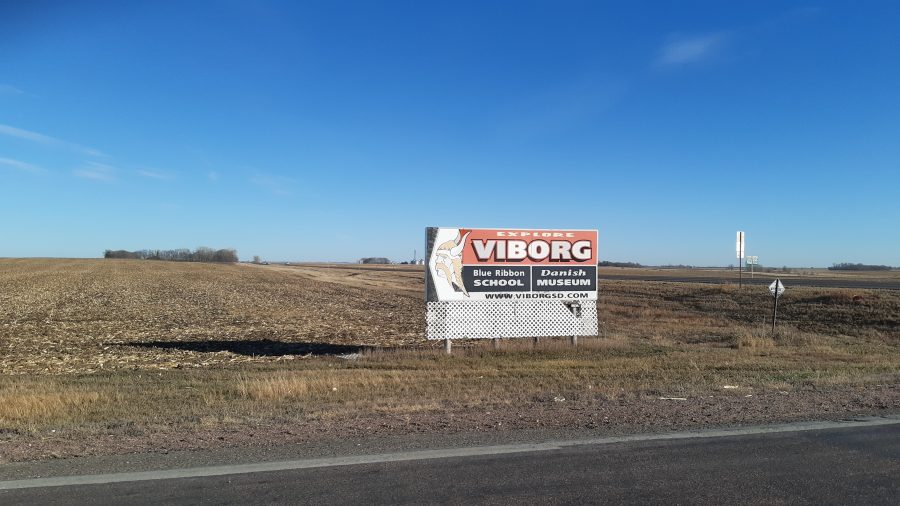
It all begins when during my childhood I remember the great family reunion that took place at the Danish Centre of Tres Arroyos, where all of us Buus descendants celebrated the birthday of our great-grandmother Frida, as she was known. Her full name was Alfrida Sillasen Sorensen, who married Knud at the age of 17 and together in 1904 they decided to emigrate to Argentina from Denmark to start a life together. There they formed a family with nine children, thus marking a dynasty that today reaches seven generations of the Buus in Argentina.
Knud Christian Buus was born the 13-JUN-1867 on a farm called Rodsted Kirkegaard in the parish of Sønderup. The father was Anders Christian Buus, who participated at the war of 1864 and survived. With the money he got from the war, he bought the land of Rodsted, where when building the house, they found an abandoned graveyard finding skeletons, giving the name of the farm as it is, ‘the graveyard of a rooted place’.
At an age of 22 years old both his parents have died of illness and he had to take responsibility of all siblings, where he decided to give over his brothers and sisters to other family members, and himself emigrated to USA in 1892, being part of the thousands of Danes who headed towards the American Mid-West to achieve their dreams. He arrived in October 1892 together with the Pastor Kristian Østergaard, a time when it was still possible to get a farm, but more so by going west.
From Chicago he went to South Dakota where he managed to buy a 160-acre farm at a value of 1,100 U$, and to think that today in that same area, an acre has a value of 13,000 U$. Here once lay the town of 'Daneville', a town established by Danes prior to the founding of Viborg, but when the railway arrived in 1893, the line did not pass through Daneville and they found themselves with the difficulty of being isolated from the world, when a mile further north a newly flourished town named Viborg was established and so decided to move. My great-grandfather arrives just at the time when the town was being moved and he probably took part of that transaction. But the bad winters and bad harvest’ made it worst for the farmers, where most of his colleagues abandoned the area. He resisted few years more until he sold the farm and went back to Chicago in 1899.
Luckily, he got a job at the McCormick Agriculture Machin-Factory, where he became an agent throughout Scandinavia. He learned a lot how these new harvesting machines works, and soon got a popular salesman. By 1902 he was sent to Argentina to promote McCormick and found out that the land in the pampas had a better soil, hearing the phrase of “whatever you through out, it will grow”. He got convinced, went back to Denmark and got married and 1904 is the year where he settled next to a small town called El Perdido.
Knud worked for others until he was able to rent land and split the profit with the landowner. That was how all Danish settlers started. It was arduous work, he spent many days working in the middle of the Pampas alone while his wife tried to turn their newly built mud house into a home in a treeless, isolated landscape. I often think how difficult it was for our ancestors to make the decision to migrate to another country and start all over again: building a house, planting fruit trees, and making a home for their family. Knud Buus did it twice, once in the American Prairie and again in the Argentinian Pampas. Now I have returned to the Prairie, the beginning of his journey.
Upon immigrating, Danes encountered a different culture while establishing a community in the flat land south of Buenos Aires. My great-grandfather thoroughly missed Denmark and was ready to move back when World War I broke out. I wonder what would have happened if there had been no war in 1914. Would I have been fully Dane? What if his work in South Dakota went well and he never had to migrate again? Would I have been an American citizen?
Knud saw himself prospering at the Pampas forming alleys and built a garden where berries and fruits could cover the basic needs, creating his ‘Estancia’ named La Segunda. He also bought another farm called San Severo, and little by little he was able to buy land for all his nine children. Later he established a family corporation reaching 6000 hectares of land, about 14.800 acres. Today, the Buus-family in Argentina is mainly settled around the towns of Tres Arroyos and Necochea in the Pampas, and still works the same land Knud bought by 1920s. His children were all born in Argentina, but some went to Denmark and had their Danish experience for a couple of years before forming a family back in Argentina. One of them was my grandfather, building his farm in the pampas area, where I grow up, considering myself lucky to have my childhood in the countryside, as at an age of 14 my parents decided to emigrate to Denmark, where now I live in Copenhagen. Though, I never stop travelling between the two countries.
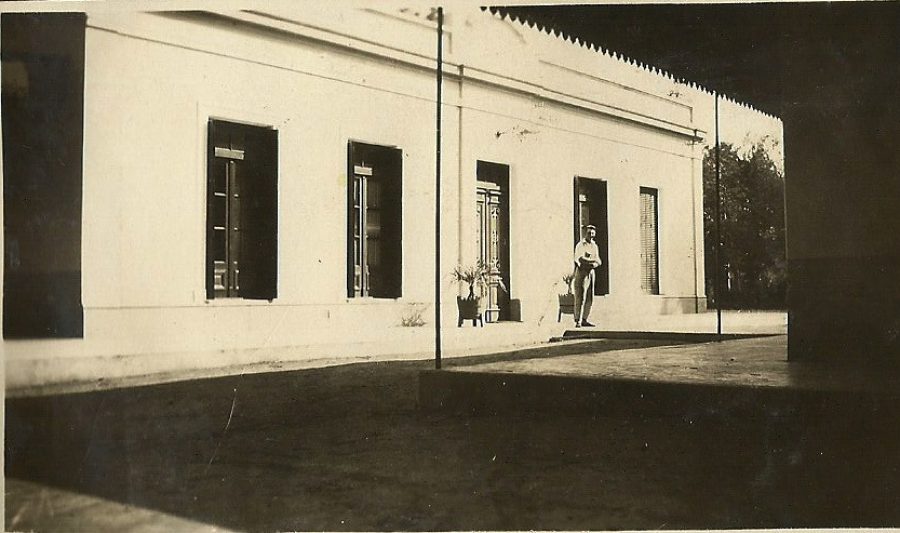
Today I am working as a trainee until January 2024 at the Danish American Museum in Elk Horn, Iowa, been for the first time in the US and learning about Danish immigrant in the area. Last weekend I had a trip to Viborg to feel the breeze of South Dakota, enjoying the landscape which my great-grandfather once lived. Do not know precisely where, but for sure he had his time in Viborg, 130 years ago.
I left the museum, the day was sunny and I dedicated to explore the town, that took me barely one hour. I walked through the old rural school that today is part of the museum and shows those old benches, maps, books, and even an old piano to show how education was performed in ancient times. I continued passing by the clinic and the Baptist church, previously dedicating masses in Danish, passed thorough the old railroad station which today is a silo plant, ending at the southern church that once belonged to the Happy Danes, where Knud probably participated, now surrounded by tombstones with Danish surnames of Larsen, Jørgensen, Petersen, Olsen, and so on. There were many Danes settled here forming a community of farmers who kept some of the Danish traditions, that still make part of the daily life in Viborg, such as the coming Christmas party that takes place at the beginning of December. But the pork festival that Viborg used to celebrate as a great producer back in the 1960s to 1980s no longer exists. Little by little Danishness is fading, even though the surnames Jensen and Larsen remain on the doors of the homes.
In the middle of the afternoon, after a small lunch at the only open place in town, the Shell gas station, I forced myself to head south and east, passing through the Dakota plains and crossing the Missouri River, the same landscape surely Knud Christian Buus has seen before, returning to the hills of Iowa, the windmills, arriving at night back at Elk Horn. A trip from a Danish town to a Danish town. I now completed a journey after 4 generations, to learned about the American culture he lived, before settling in the Argentinian Pampas.
Visiting the Daneville Heritage Museum in Viborg have been a wonderful moment for me to learned and listen to some of the stories of Danish immigrants. So many objects and photographs, that make preserve Danish heritage for future generations, but also to keep acknowledging Danish culture and tradition in the area. I am very thrilled to get to know, both the Museum in Viborg and in Elk Horn and learn how they function and maintain Danishness in the US.
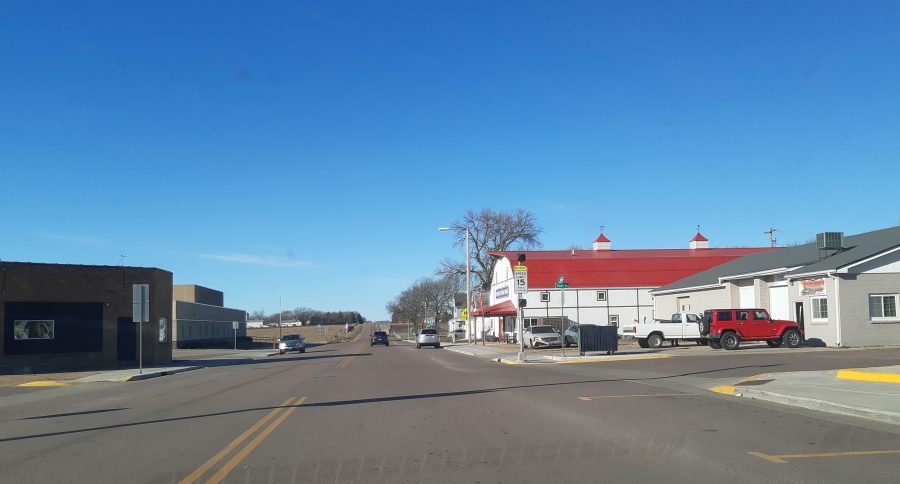
I have a goal in my life: I plan to travel there and establish a Danish Museum in Argentina, as there are none yet, to preserve objects and items that I know still exist at homes among Danish descendent in the area, and preserve the Danish heritage in the country, for future exhibits and acknowledgment of Danish culture and tradition abroad. Many whom I know are forth for the idea, so the project it is already underway.
This journey following the steps of my great-grandfather, and the opportunity to get to know the Danish American culture here in the US, fill me with experiences that I defiantly will use when going back to Argentina and continuing promoting Danish culture there, but also establishing a link now between the two Danish communities, the one in the United States and the one in Argentina.
